Cameras, ‘tubenets’ the latest tools for salmon industry
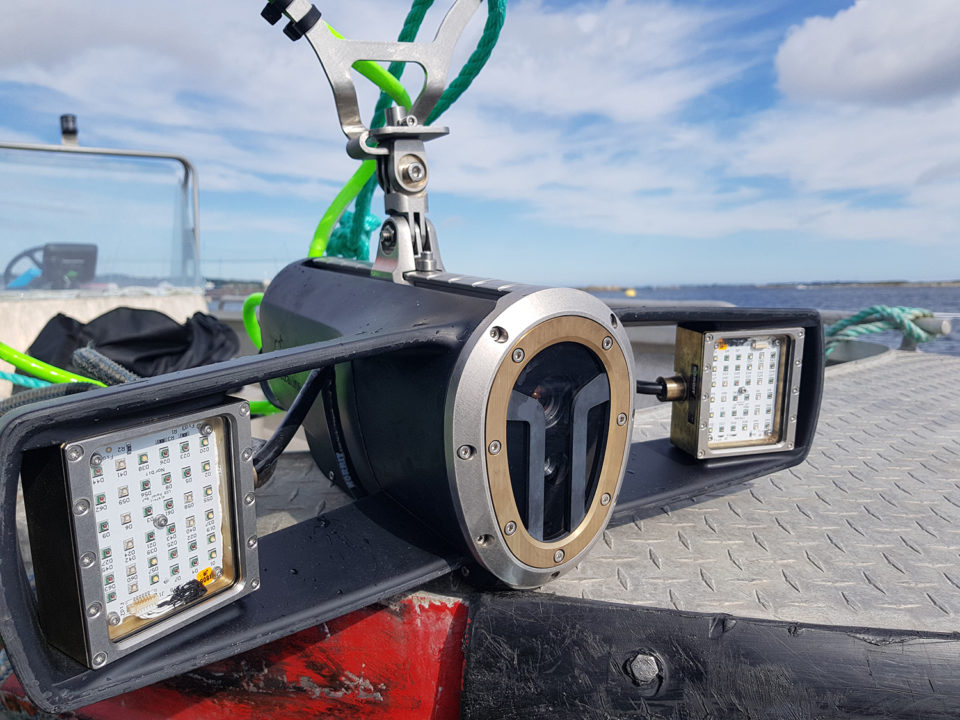
To even attempt to stay a step ahead of their primary parasite, salmon farmers have proven willing over time to try any viable new technology or methodology to size up their opponent, the persistent sea lice (Lepeophtheirus salmonis).
The first step in fending off the onslaught of these naturally occurring parasites is accurately gauging their numbers and distribution in a given area. Silicon Valley technology is answering, as San Francisco-based Aquabyte says its camera-based software can photographs the salmon in a pen and build algorithms that analyze the images, count the sea lice and determine the weight, health and appetite of the fish.
“We’re the only company [operating] in Norway to have a farm using our software to replace manual counting of sea lice,” said Bryton Shang, CEO. The company began selling its software in January in the Bergen region and its market already extends to Scotland.
Each salmon pen requires its own camera, which is made by Norwegian engineering firm Imenco and comes with Aquabyte’s software. A monthly software fee to Aquabyte enables farmers to count the lice on 50 to 100 fish a day and use the data to track the parasite’s progression over time.
Aquabyte also has a version of its camera integrated with Imenco’s aquaculture feeding camera, an attempt to minimize the technology clutter for farmers.
“A big problem for farmers is having too much equipment in the pen, so we’re trying to address that,” Shang said. “There’s nothing special about the camera – it’s the sophisticated algorithm processing and software that we’re focusing on. We are continually updating and improving our software and farmers will receive the new updates as needed.”
Shang and his team have been working on other applications for their software, including weight, biomass estimation, fish health and appetite estimation. “Our camera can count the pellets and examine the fish’s behavior – how are they swimming, and are they swimming in the feeding zone?”
While he refused to disclose pricing, Shang conceded that the camera cost is high for farmers “because each camera is handmade. We’re still figuring out the pricing and it depends on the number of pens on a site,” he explained. “Our first customers are paying us for three years of usage and after that we’ll establish a new, negotiated rate.”
The company is backlogged with orders to date and working on ramping up its capacity.
Another company focused on automated sea lice counting is Trondheim, Norway-based Ecotone. Its product, SpectraLice, counts and classifies sea lice on farmed salmon to provide farmers with better tools for decision-making on how to prevent sea lice and when to delouse the salmon.
“It gives farmers a better overview of lice concentrations with less handling of the fish,” said Ivar Erdal, director and founder. “It also makes it possible to implement and time the necessary measures on lice-infestation preventions and treatments.”
The SpectraLice camera takes a hyperspectral image of the salmon, analyzing the color signature of each pixel. The intensity of the color spectrum reveals the sea lice in seconds and also identifies their growth stage. Data is sent to the SpectraLice database where results are extracted and submitted to clients. From Ecotone’s head office the company will be able to check each camera and upload new versions of the software.
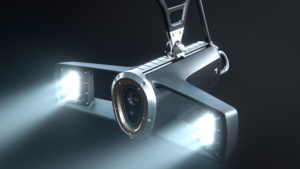
The camera can capture between 300 and 2,000 salmon in a 24-hour period, delivering far superior accuracy than manual counting, which has a limit of 10 to 20 salmon per week.
Currently in its prototype and test phase, Ecotone plans to launch commercially after January 2020 and is in discussions with manufacturing companies. The price for the camera has not yet been established but Erdal said it will cost “tens of thousands of dollars.”
“Our goal is for clients to purchase SpectraLice and we will license the software, maintenance and technical support,” he said, adding that leasing arrangements may be possible too. “Farmers are telling us that one camera system is needed in each pen because of the speed with which sea lice development occurs. If you miss the period – weekly in summer in Norway, and every two weeks in winter – a lot of things can happen.”
In Norway, sea lice tend to be most active in the first 10 meters of the water column, a finding that led Norway-based Akva Group to develop its “tubenet” system, a cage within a cage that forces salmon below the sea lice belt and uses lighting and deeper water feeding systems to keep them at lower depths. The company began testing its system in 2014 and noted an 80 percent reduction in sea lice infestation.
https://www.aquaculturealliance.org/advocate/new-approaches-to-an-age-old-challenge-sea-lice/
The depth of the tubenets varies based on the environment but in the fjords of Norway, the best effects have been at a depth of 12 meters, said Andrew Campbell, regional president.
“Basically, we take a regular net, drop it deeper into the water and make a tube so that salmon can come up and adjust the air in their air bladders,” he said. “The tube is comprised of a material that is impenetrable to the sea lice, allowing the salmon to move up and down in a clean, safe channel.”
Understanding the biology of sea lice and how it relates to the local ecology is crucial to the employment of the tubenets, he added.
“At some locations you’ll find lice are closer to the surface and at others, at greater depths, so the key is to understand where the majority of the sea lice are located, and then to try to stack things in favor of the salmon having less chance of being in contact with the lice,” Campbell said.
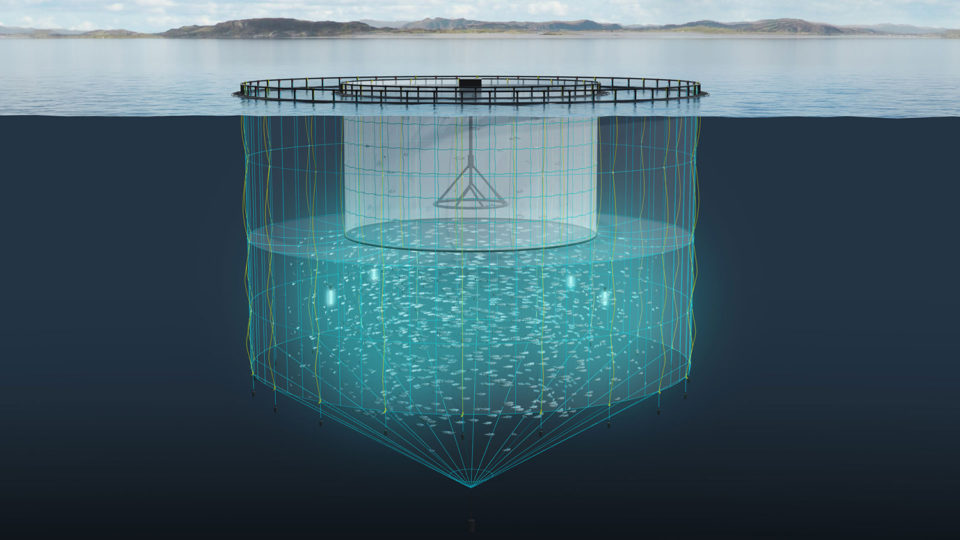
The tubenets are now employed at six sites in Norway, where they’ve been commercially available for the past three years. Campbell said there has been lots of interest from companies outside of Norway but the challenge is understanding where the sea lice are in other locations.
“Our biggest obstacles are the customers’ understanding of where the sea lice are,” he explained. “The greater the local knowledge about the sea lice, the faster we can move. In Norway, with our integrated approach to the problem, we understand the biology of the lice and the effects of oceanography. But other markets don’t have that approach, so there’s more work to do in understanding where the lice are and how to avoid them.”
The tubenets are offered as a package of solutions that include underwater lamps and feeding. To entice a fish population to remain at lower levels of the water column you have to satisfy their need for temperature, access to feed and light. A combination of the right light environment and access to feed at depths helps override the fish’s temperature preferences, encouraging the fish to stay underwater for longer.
Akva Group’s tubenets are incompatible with other salmon pens, meaning a complete overhaul is required to operate the tubenets. “Our tubenets require a different way of operating a farm, with increased operational elements. But it’s done in an environmentally friendly way that reduces salmons’ exposure to lice without chemicals,” Campbell said.
Follow the Advocate on Twitter @GAA_Advocate
Now that you've reached the end of the article ...
… please consider supporting GSA’s mission to advance responsible seafood practices through education, advocacy and third-party assurances. The Advocate aims to document the evolution of responsible seafood practices and share the expansive knowledge of our vast network of contributors.
By becoming a Global Seafood Alliance member, you’re ensuring that all of the pre-competitive work we do through member benefits, resources and events can continue. Individual membership costs just $50 a year.
Not a GSA member? Join us.
Author
-
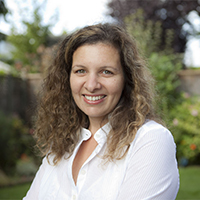
Lauren Kramer
Vancouver-based correspondent Lauren Kramer has written about the seafood industry for the past 15 years.
Tagged With
Related Posts
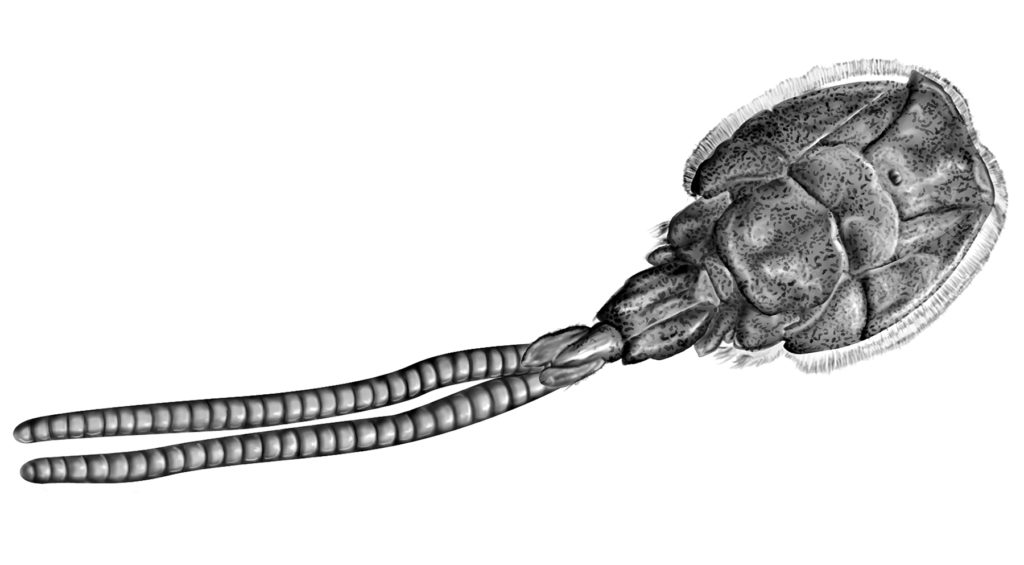
Health & Welfare
Animal health giants have sea lice in their crosshairs
Alltech and Benchmark have been working on the next generation of sea lice solutions and believe they have new products that can help salmon farmers win.
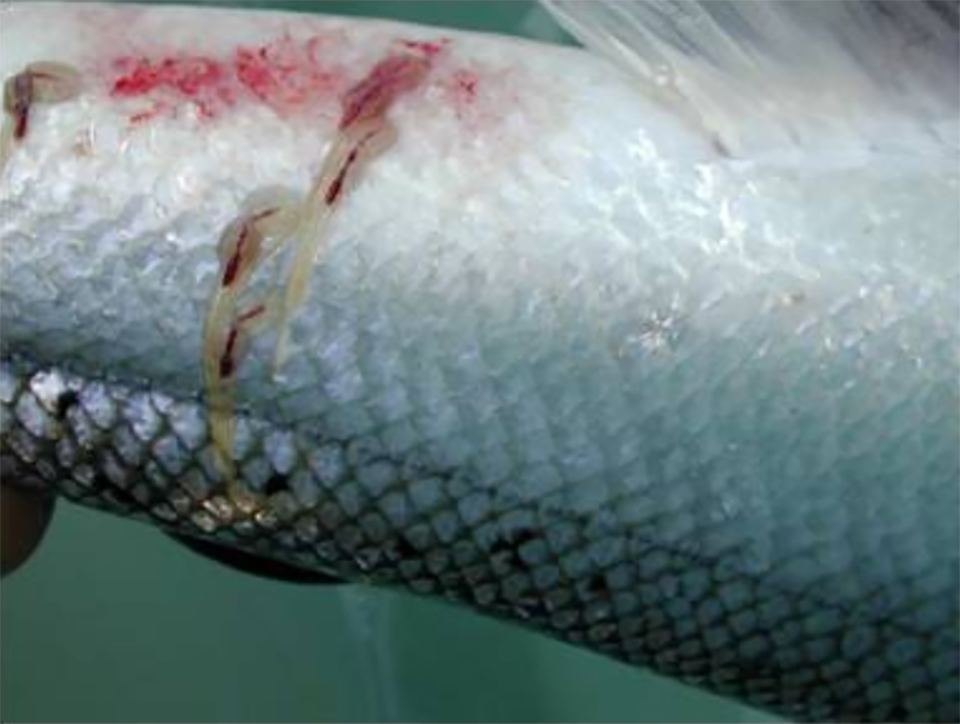
Health & Welfare
Norwegian researchers develop sea lice tracking model
An operational salmon lice model calculates sea lice infestation pressure all along the Norwegian coast in near real-time, based on a hydrodynamical ocean model and a salmon lice particle tracking model.
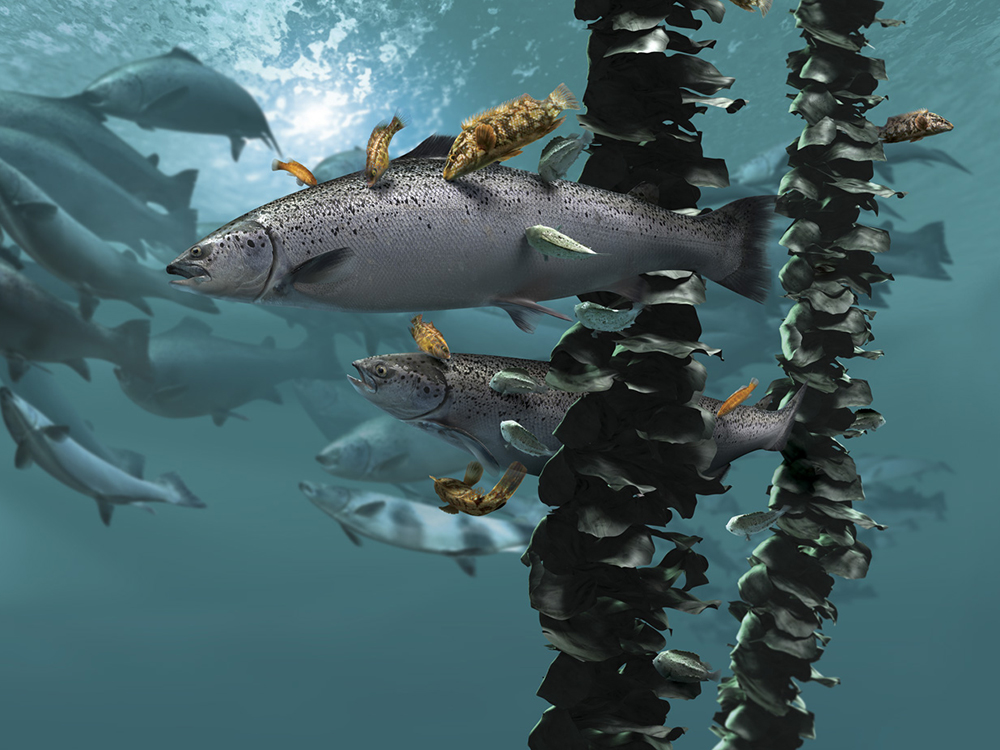
Health & Welfare
In sea lice fight, salmon farmers phasing out hydrogen peroxide
An over-reliance on medical and chemical controls, along with warming waters, led to a surge in sea lice. With such treatments waning in effectiveness, operators turn to other, safer measures.
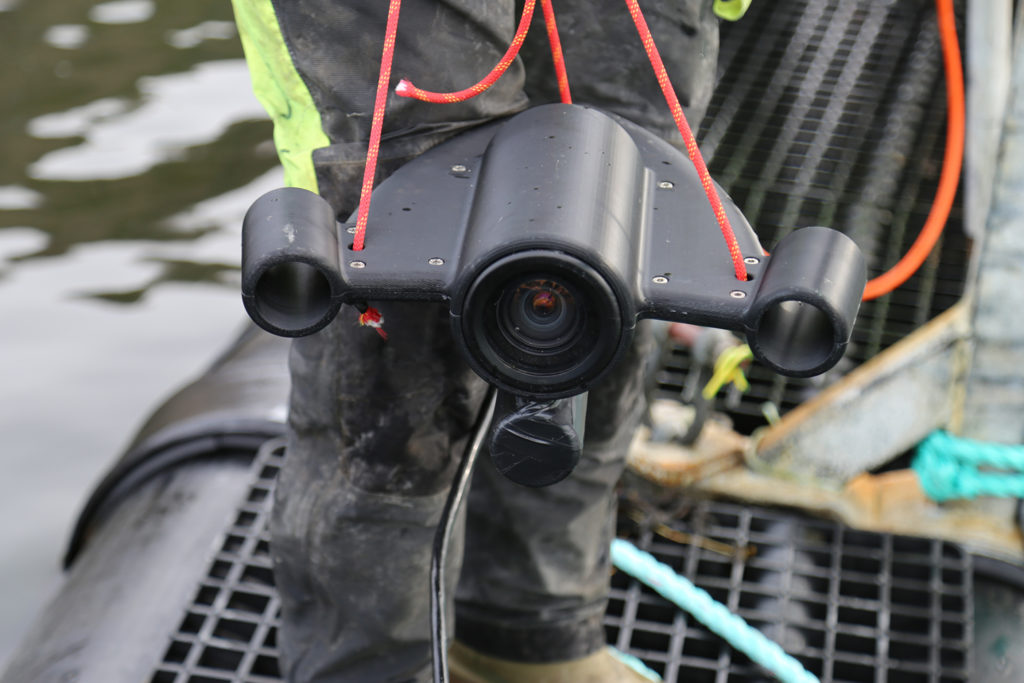
Innovation & Investment
New approaches to an age-old challenge: sea lice
Innovations to combat sea lice are in the pipeline as ambitious new companies employ a combination of innovative technological and scientific methods.

